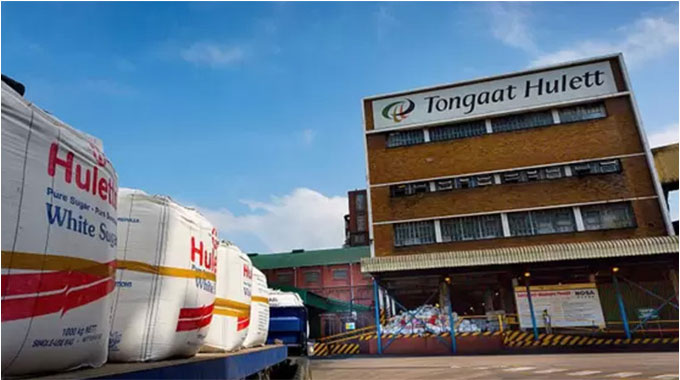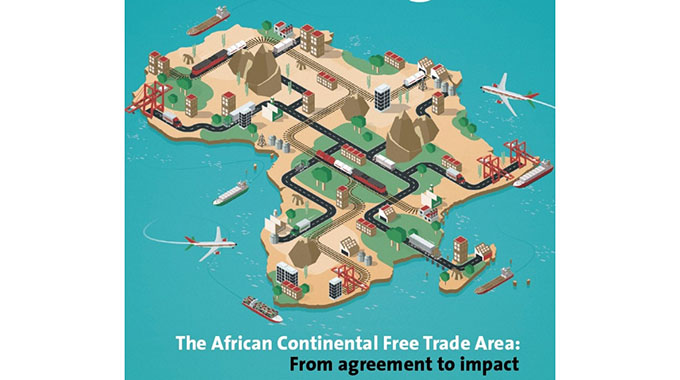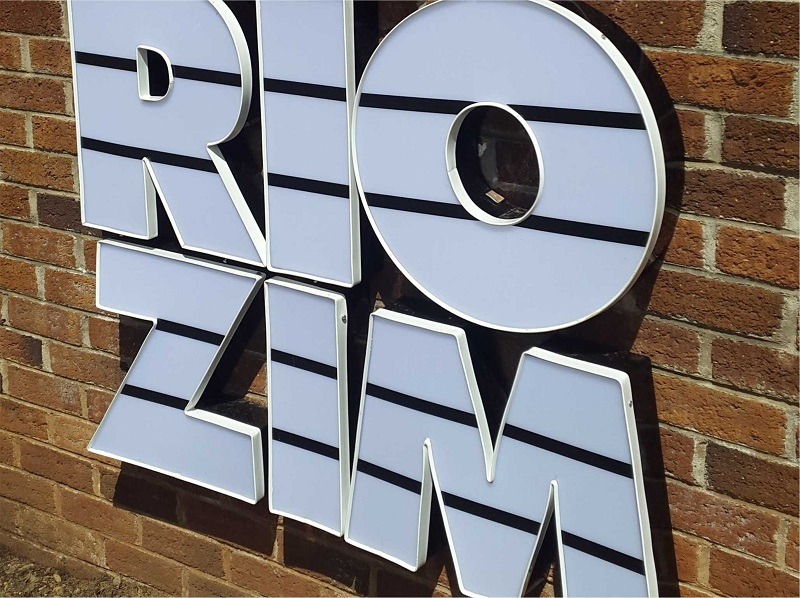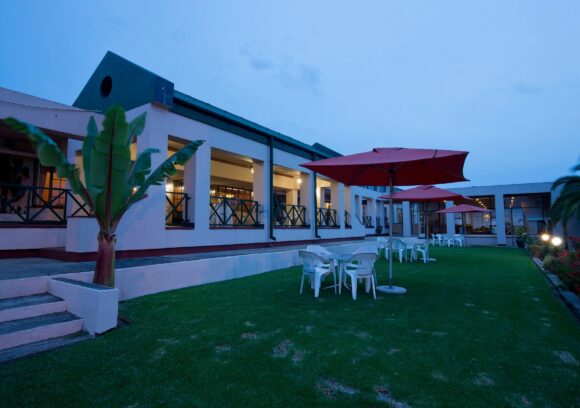Property market remains sluggish
The property market has generally remained under strain in the past year with landlords of commercial properties sitting on high debtor balances due to debts incurred during the Covid-19 induced lockdowns.
There is a high possibility that some landlords of these properties may write-off the debts, according to property market experts.
Zimbabwe recorded its first Covid-19 case in March 2020 with a national lockdown imposed effective March 31, prompting businesses not classified as essential to completely shut down. Many businesses adopted remote working as the various levels of lockdowns were implemented.
This, together with inflationary pressures had a knock on effect on the commercial property sector, especially the central business district (CBD) office space.
“The property market remained sluggish with no clear direction,” said Knight Frank in their Zimbabwe Market Update H2 2021.
“Generally, landlords of commercial properties are sitting on high debtor balances.
These have arisen because of debts incurred during lockdowns when trading hours were limited and the upward revision of rents due to inflation and depreciating value of the local currency. It is likely that landlords may have to write off some of the debts,” said Knight Frank.
During the period under review, the sector felt inflationary pressures prompting sellers of both commercial and residential properties to demand prices in USD even where the rental income was based in local currency.
However, for reporting purposes listed companies declared capital values in local currency because it is the official functional currency.
Said Knight Frank: “High inflation and the continued depreciation of the local currency impacted negatively on the performance of the property market.
“High inflation and currency depreciation negatively affected landlords as agreed local currency rents were severely eroded in value and landlords had to persuade tenants to come to the negotiating table to review rents.”
The demand for CBD offices is expected to continue declining and CBD voids will increase while demand for suburban offices will continue to grow and this may attract office -led speculative investment in the suburbs.
But for the residential segment, landlords continued to demand rents in USD or if payable in local currency the agreed USD rents would be converted and payable at the street rate.
Sellers in this segment, both high- and low-density houses, insisted on payments in USD, which weakened demand and reduced the number of transactions during the review period.
This is because, except for purchasers from the diaspora, most people looking for houses to buy were unable to pay the USD prices. The residential segment, however, continues to provide scope for investment as demand remains firm.
Financial services group, FBC Holdings Limited chairman, Herbert Nkala, also highlighted the group would maintain focus in this segment on the back of strong demand from the market.
Demand for industrial space to lease has remained strong but with limited supply.
According to Rawson Properties’ Neighbourhoods Report for 2021 fourth quarter, improved activity in mining, agriculture and retail are driving demand in this segment, creating scope for more development of industrial properties.
“There is a lot of activity in acquisition or development or redevelopment of light industrial properties and warehousing opportunities targeting the e-commerce, logistics, agro-based and mining businesses,” said Rawson Properties.
However, the industrial segment continues to be affected by power outages, low capitalisation, poor water supply and deteriorating infrastructure.
Rental rates per square meter in Harare range from about US$1 to US$4 depending on location and size of space.
In the long term, Knight Frank sees the property market in general experiencing a boom as key economic fundamentals are addressed. The economy is expected to maintain a growth trajectory with a 5,5 percent GDP growth projected for 2022, although it is a slowdown from last year’s 7,8 percent growth.-eBusiness Weekly










